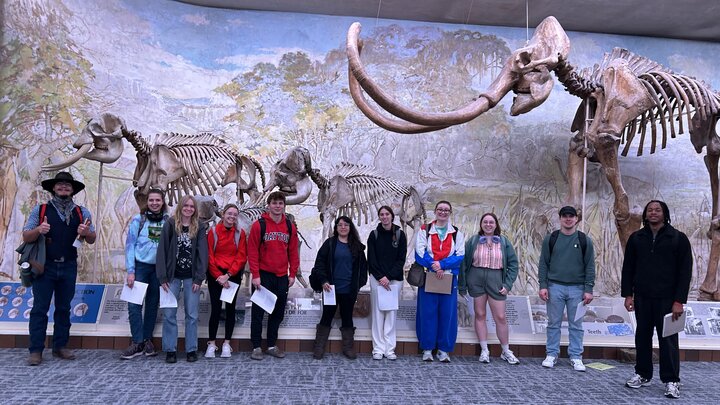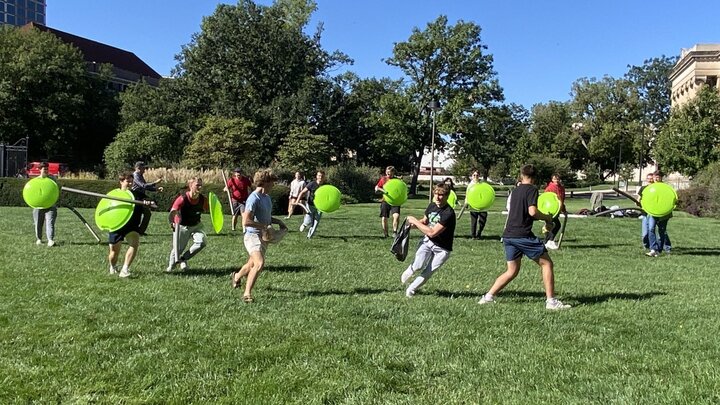Are there ties between the non-Indo-European Finno-Ugaritic language group and what was spoken in Crete 3500 years ago? How can we use the material artifacts of antiquity to answer questions about spoken language?
Peter Revesz, a professor in the Department of Computer Science and Engineering, will give the talk "Minoan Studies: Data Analysis and Deep History" on April 1st, at 3:30 pm in the Ubuntu Room. He will describe his study of the migration of peoples in the Copper Age in southeast Europe and Eurasia.
The talk, hosted by the Department of Classics and Religious Studies and Eta Sigma Phi, the Classics Honors Society, is free and open to the public.
Revesz has developed his expertise in bioinformatics and his study of ancient language groups to provide an example of true cross-disciplinary research. His analysis combines data gathered from sources on Finno-Ugaritic and pre-Attic Greek linguistics with genetic evidence from human remains suggesting that the Minoan civilization has direct ties to populations from the Russian steppes and the Fertile crescent.





